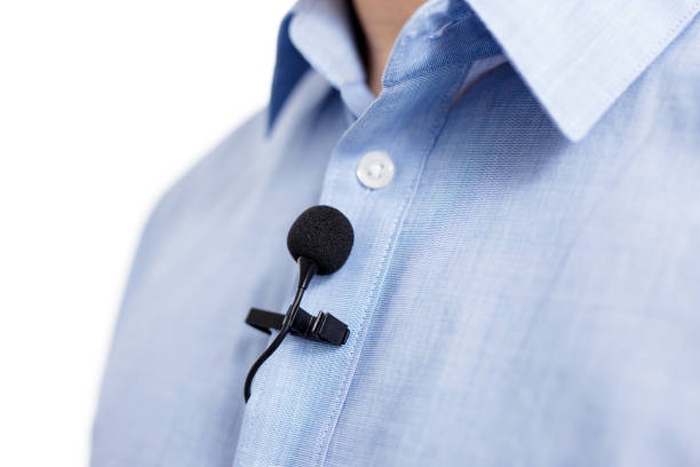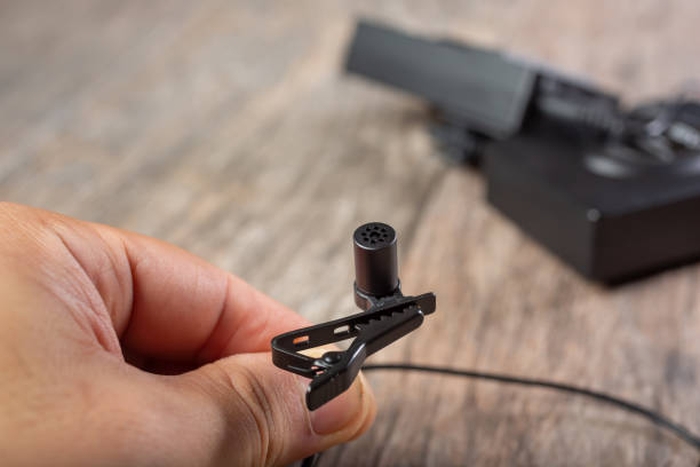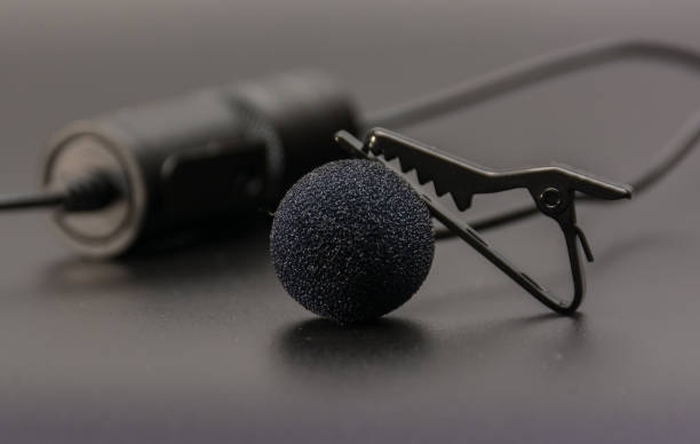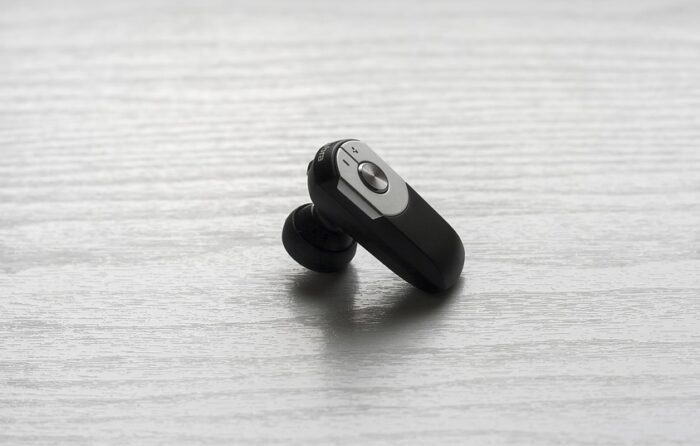
No matter if you’re thinking about starting a podcast or if you simply have to record some voice memos for your work, the reality is, your cell phone microphone won’t produce high-quality audio files. This means that there might be some buzzing, hissing, noise reflection, bumping sounds, and external noise that could ruin your recording.
Because of this, you might be wondering about the ways you can make your phone microphone sound better when recording. Luckily for all individuals that are in the same situation, our article below will shed some light on the entire topic. Here is our list of the top seven things you can do to make your audio recordings sound better:

-
Think About What Your Audience Likes
Just imagine this – you’re in your bedroom, listening to your favorite podcast when suddenly, you start hearing a dog barking. Not only is this distracting, but it can also ruin the entire podcast. Because of this, it’s important that you think about what your audience likes, which in most cases is a clear, external noise-free recording. In fact, you can look at it the same way as a website. If it’s high-quality and good, readers will come back to it, and the same can be said for high-quality audio.
-
You Must Invest in The Right Equipment
Since you’ll be recording audio files, the most important piece of equipment that you can invest in is a microphone that plugs into a phone or a wireless phone microphone. Now, keep in mind, this doesn’t mean that you should invest thousands of dollars into purchasing it, it just means that you should that it should be an external mic. There is a wide range of options available on the market, which is why you must do some digging before choosing an option suitable for your needs.
So, you should think about the features you want it to have such as noise-cancellation, and don’t forget to watch some review videos since this can reveal what the recording sounds like with a specific mic. Additionally, there are companies that specialize in providing phone microphones for recording. For instance, SYNCO develops and offers a new lineup of phone microphones. Visit the SYNCO site to find one suitable for your recording.

-
You Must Use a Stand
If there is one thing that you must take away from this article, it’s the fact that you must use a stand for the mic you choose to purchase. Why is this important? Can’t I just hold it in my hands? Well, you could, however, if it’s connected to a surface or if it’s touching your hands, there will be some bumping and handling sounds that you won’t want your listeners and audience to hear when listening to your recording.
Because of this, you should opt for using a stand. Now, it can literally be any stand, from desk-mounted options to ones that are placed on the floor. No matter which option you choose to use, it’s important that you place it on a soft surface such as a carpet if it’s a floor stand or some padding if you want to keep the mic on your desk while recording your next YouTube show or podcast. By doing so, you can prevent the movement sounds from transferring into the mic.
-
You’ll Need a Distraction-Free Recording Space
No article on this topic would be complete without mentioning that you must find a distraction-free recording space. If this is a problem for you, you should at least try finding a space that won’t reflect any noise to the mic, meaning that you should record in an area where there are carpets, furniture, and wall décor that’ll help calm all the external noise that you might not want to hear on your audio file.
What if I need to record a vlog in a crowded and noisy location? Well, if this is a situation, one of the best things that you can do is to purchase a phone microphone for recording, mostly because it’s specifically designed for suppressing external noise such as voices, cars, animals, and so on. In the end, it all comes down to the equipment you choose to purchase and use, which leads us to the next point in this article…

-
Choose Suitable Equipment For Your Smartphone
Basically, there are two common smartphone options available on the market – iOS and Android. Both of these options utilize different mic options in their devices, which is why you cannot really use any mic that comes up in your search results, instead, you must use ones that are specifically designed for the phone you have and use for recording. By doing so, you can ensure that your audio is high-quality.
Again, whether you need to use an external iPhone microphone or if you want to purchase a microphone for an Android phone, it’s crucial that you research the options that you have. For ensuring that you opt for something suitable, you can follow the same tips as we mentioned for choosing suitable equipment, however, don’t forget – you must check some review videos so that you can hear how the recordings sound.
-
You Need to Be Near The Mic
You might have seen various YouTubers and vloggers moving away from their mics when recording, however, this is a huge mistake, especially since it can influence the quality of the audio. This means that even the smallest distance between your mouth and the mic can produce a low-quality recording. Hence, make sure that you stay close to it, no matter if you opted for using a traditional mic or a mini microphone for your phone.

-
Editing is Always Needed
Last on this list of tips, but quite important as well as is the fact that you must edit the content you produce before releasing it. Yes, having a high-quality audio file is a must, but if you truly want to stand out from the crowd, you should edit the files, especially since this can help you improve everything. If you don’t know how to edit or produce your recording, there are various online guides and tutorials that could help you.
Conclusion
As you can see, producing a high-quality recording with your smartphone has everything to do with the equipment you choose to use and because of this, you shouldn’t lose any more of your time reading articles similar to this one. Instead, you should start researching the options that you have in order to find a mic that is suitable for your needs and requirements.
















